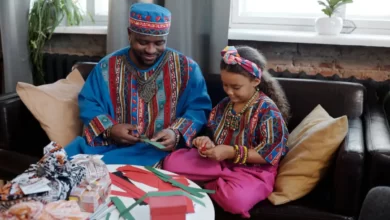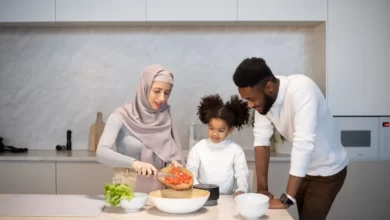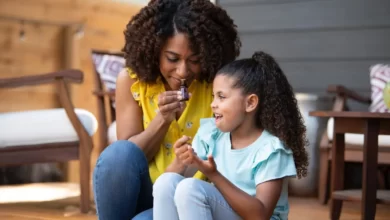Introduction
Teaching our kids about consent and boundaries has become an essential aspect of raising responsible and respectful individuals. By instilling these values from an early age, we can help shape a future where healthy relationships and mutual respect are the norm. In this article, we’ll delve into the importance of teaching kids about consent and boundaries, along with practical strategies for parents to facilitate this crucial life lesson.
Understanding Consent: What Is It?
Before delving into how to teach consent to kids, it’s important to establish a clear understanding of what consent actually means. Consent is the enthusiastic agreement or permission to engage in an activity, whether it’s physical, emotional, or verbal. It’s a fundamental aspect of healthy relationships, indicating that all parties involved are comfortable and willing participants.
Why Teaching Consent Is Vital
Respect for Autonomy: Teaching kids about consent reinforces the idea that each individual has the right to make choices about their own body and emotions. This promotes a sense of autonomy and self-respect.
Preventing Harm: Understanding the concept of consent helps children recognize when something isn’t right. They’ll be better equipped to speak up if they’re uncomfortable or if someone is infringing upon their boundaries.
Healthy Relationships: Consent is the cornerstone of any healthy relationship. By learning to respect each other’s boundaries, kids develop the skills to build strong and positive connections throughout their lives.
Age-Appropriate Conversations

Addressing consent and boundaries should be a gradual process that aligns with your child’s developmental stage. Here’s how to approach the topic based on age groups:
Preschool (3-5 years):
At this age, focus on simple concepts like personal space and using words to express feelings. Teach them that it’s okay to say “no” if they don’t want to be hugged or touched.
Elementary (6-10 years):
Introduce the concept of consent in more detail. Explain that they should ask for permission before touching someone or entering their personal space. Encourage them to respect others’ wishes if they say “no.”
Pre-Teens (11-13 years):
Expand the conversation to cover digital boundaries and the importance of seeking consent in online interactions. Discuss scenarios they might encounter, such as sharing photos or chatting with peers.
Teenagers (14+ years):
Delve into the complexities of consent regarding romantic relationships. Discuss the role of communication, enthusiastic agreement, and respecting boundaries both emotionally and physically.
Strategies for Teaching Consent and Boundaries

Lead by Example: Children learn a great deal by observing their parents. Model respectful behavior and communication in your relationships.
Open Communication: Create an environment where your child feels comfortable discussing their concerns and questions about consent.
Storytelling: Use age-appropriate stories or real-life examples to illustrate the importance of consent and respecting boundaries.
Role-Playing: Engage in role-playing scenarios to help kids practice asking for and giving consent in different situations.
Media Literacy: Discuss media portrayals of relationships and consent, helping them understand the difference between fiction and real-life dynamics.
Establish Boundaries: Teach kids to set their own boundaries and let them know it’s okay to assert those boundaries with others.
No Means No: Teach them that “no” is a complete sentence and should always be respected, regardless of the situation.
Creating a Consent Culture
Building a culture of consent involves a community effort. Schools, media, and society at large play a role in shaping kids’ perceptions of consent and boundaries. Advocate for comprehensive sex education in schools and promote media that portrays healthy relationships.
Conclusion
Educating children about consent and boundaries is a continuous expedition that demands patience, empathy, and transparent dialogue. By equipping our youngsters with the wisdom and skills to adeptly navigate considerate connections, we are actively fostering a tomorrow in which consent holds significance and limits are esteemed. It’s essential to acknowledge that the teachings we impart to them in the present can set in motion a chain reaction of constructive transformation for the eras that follow.









